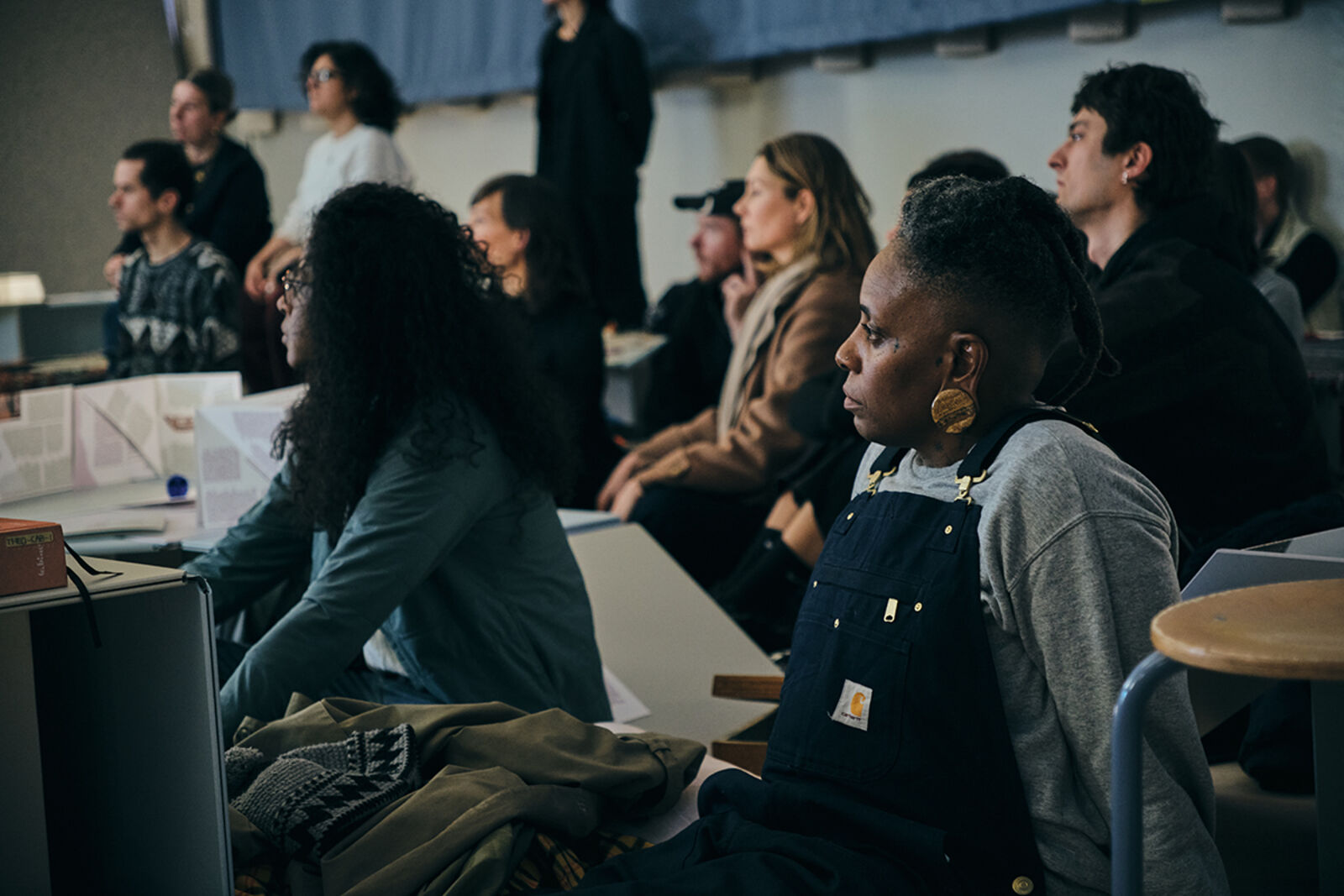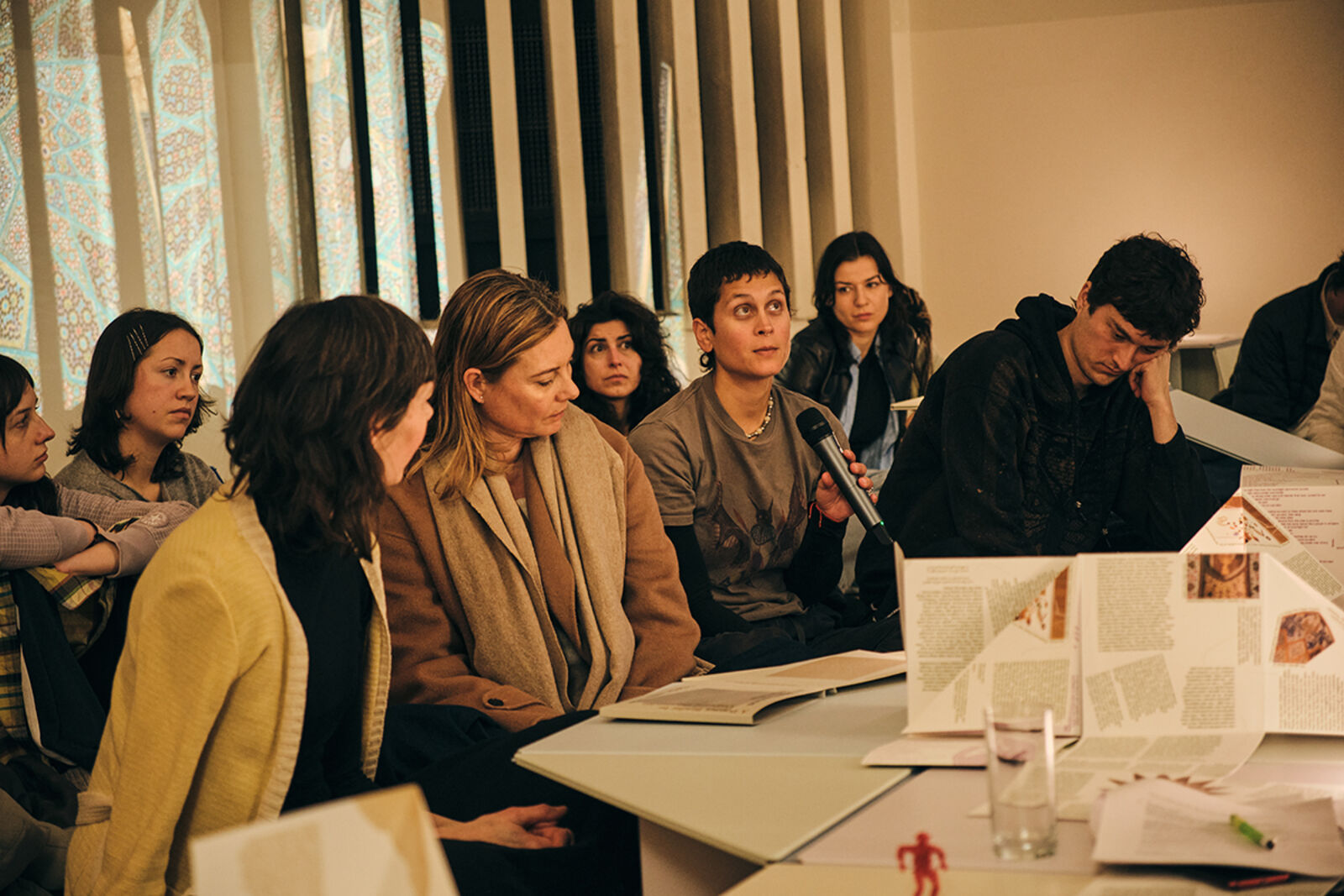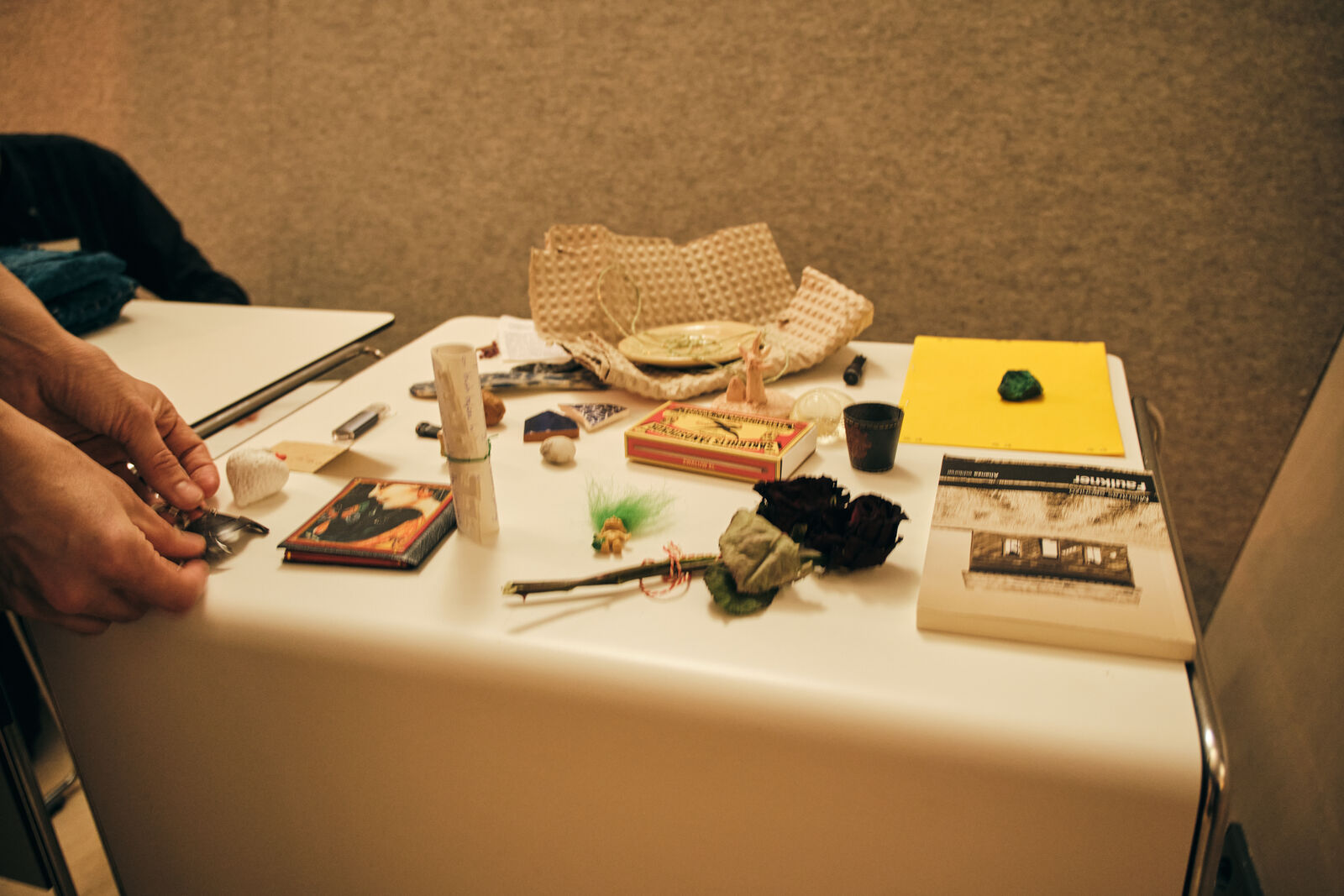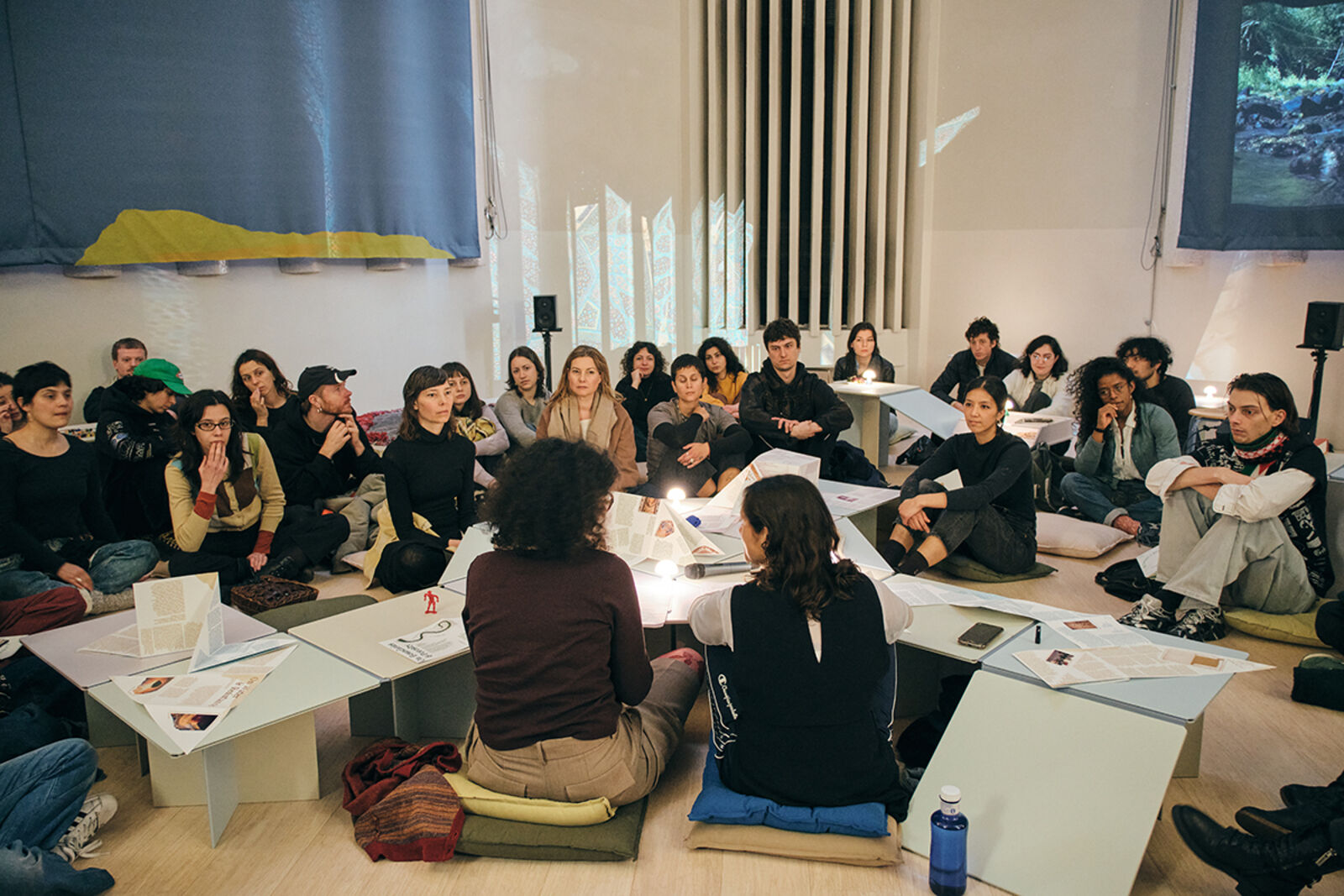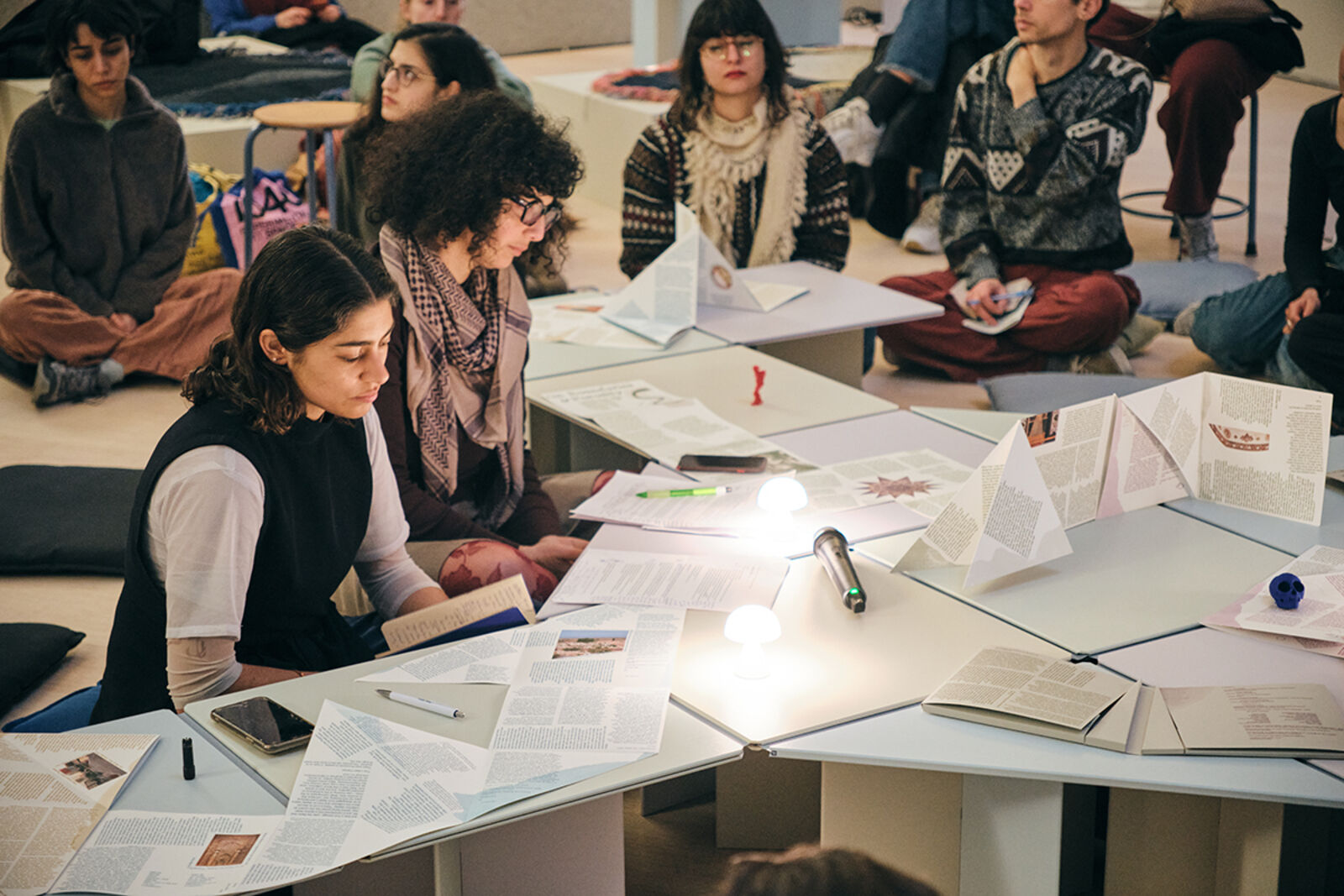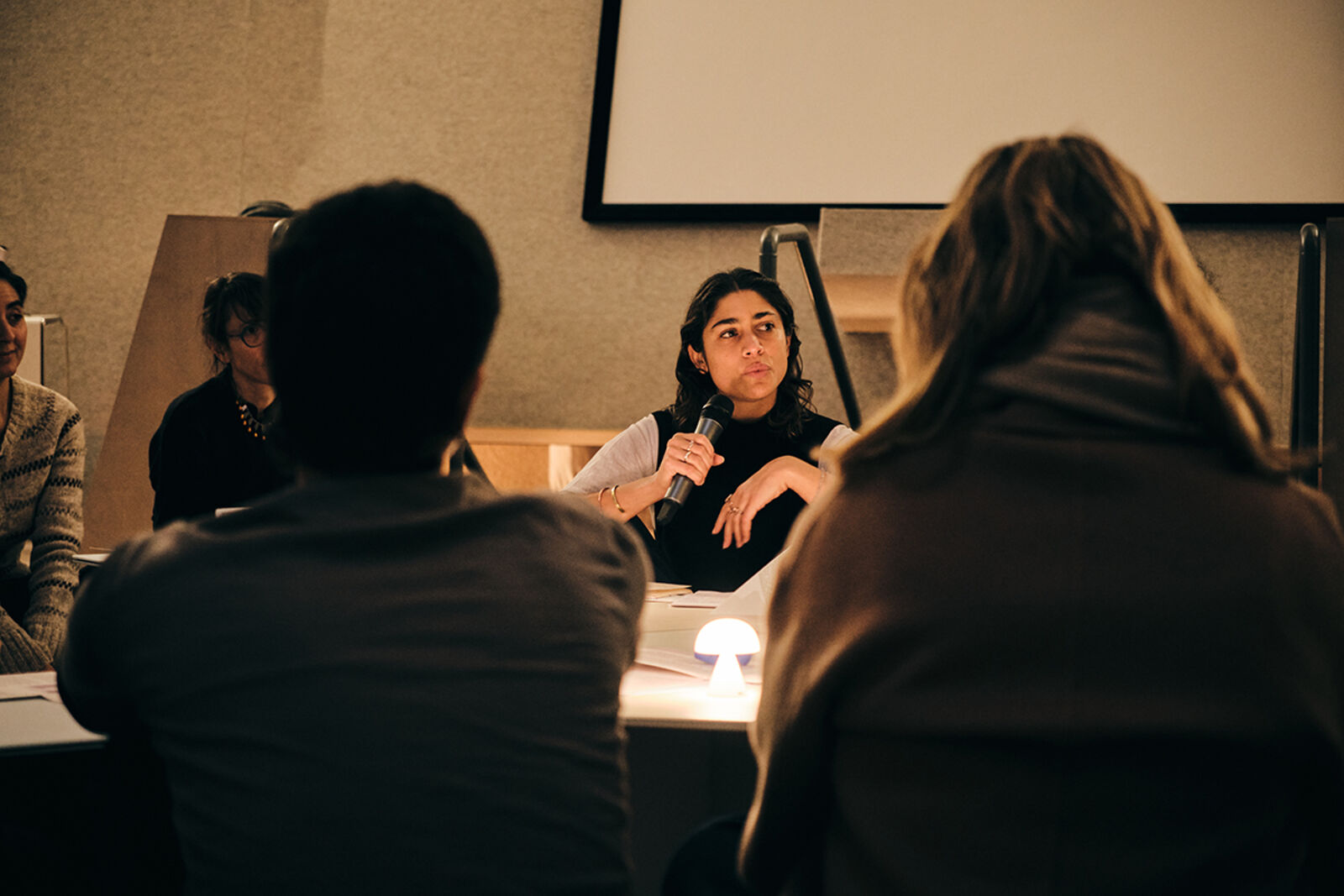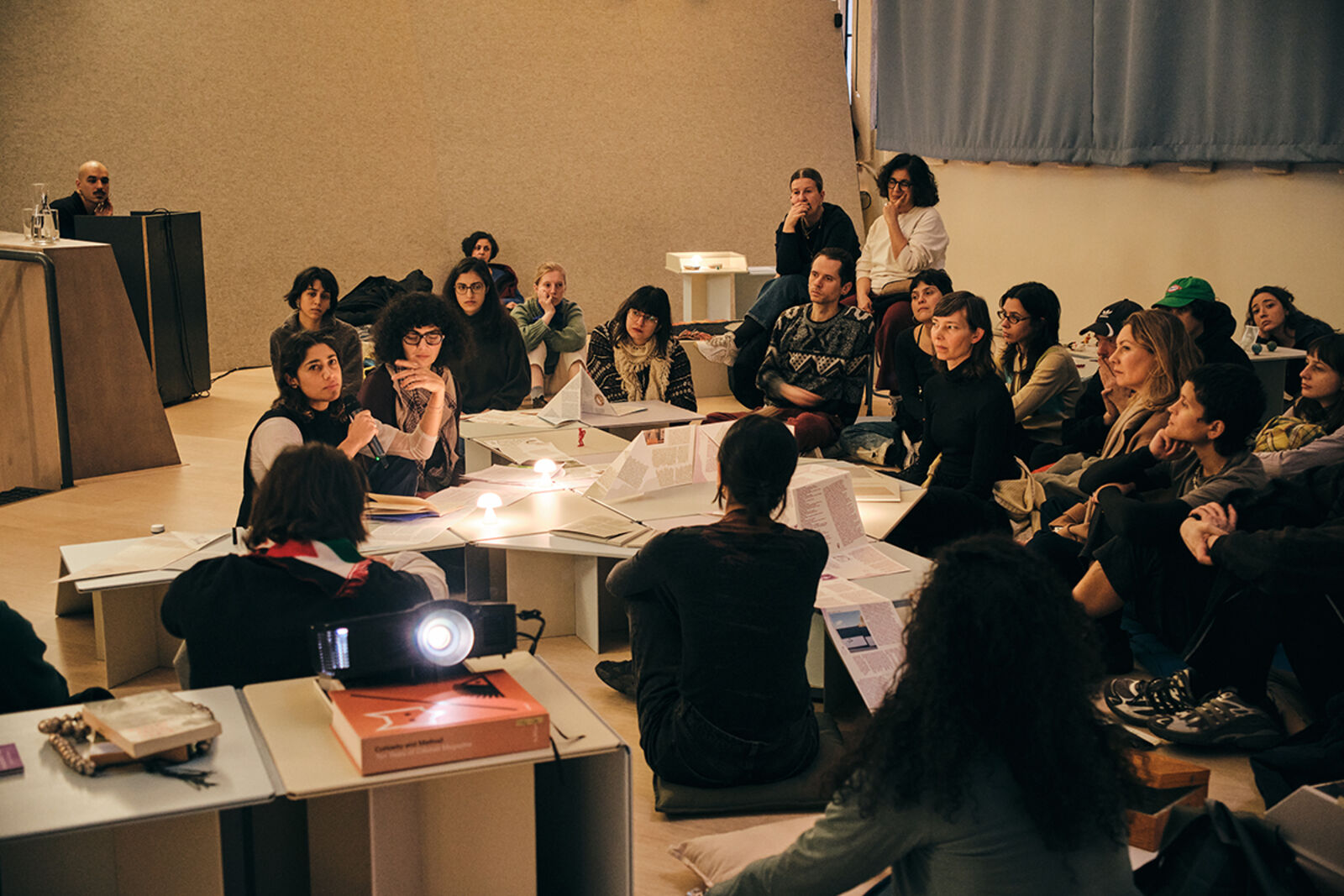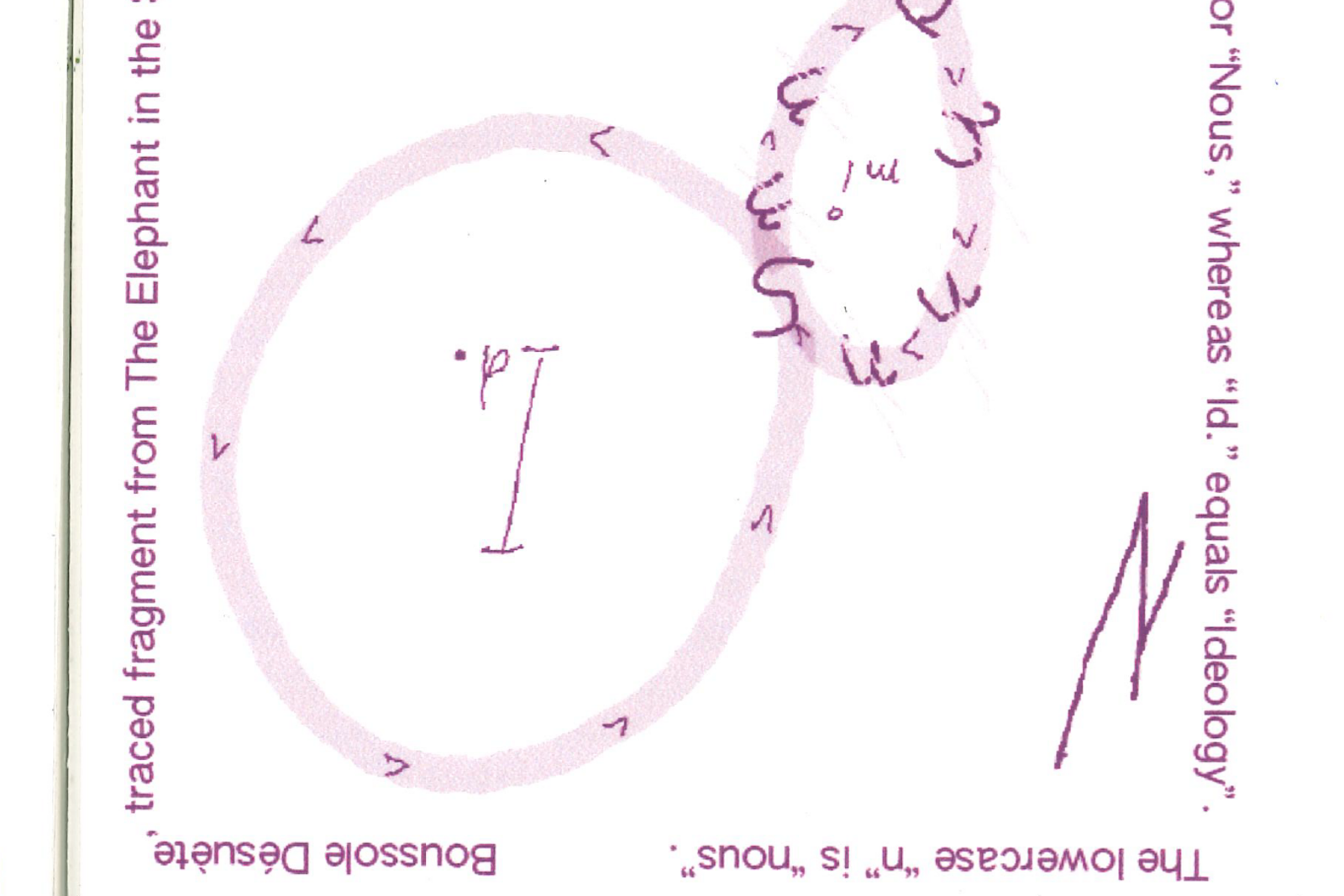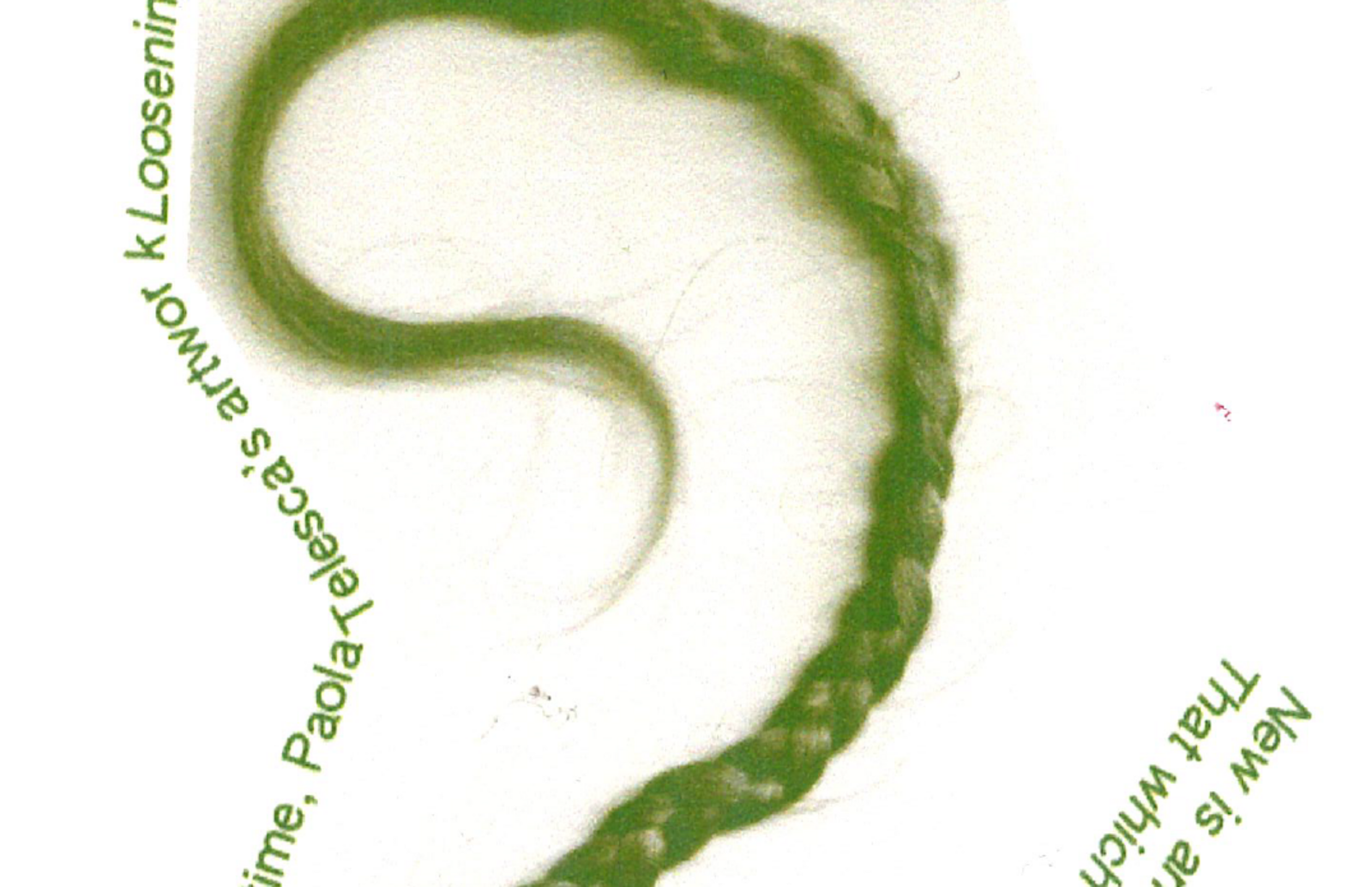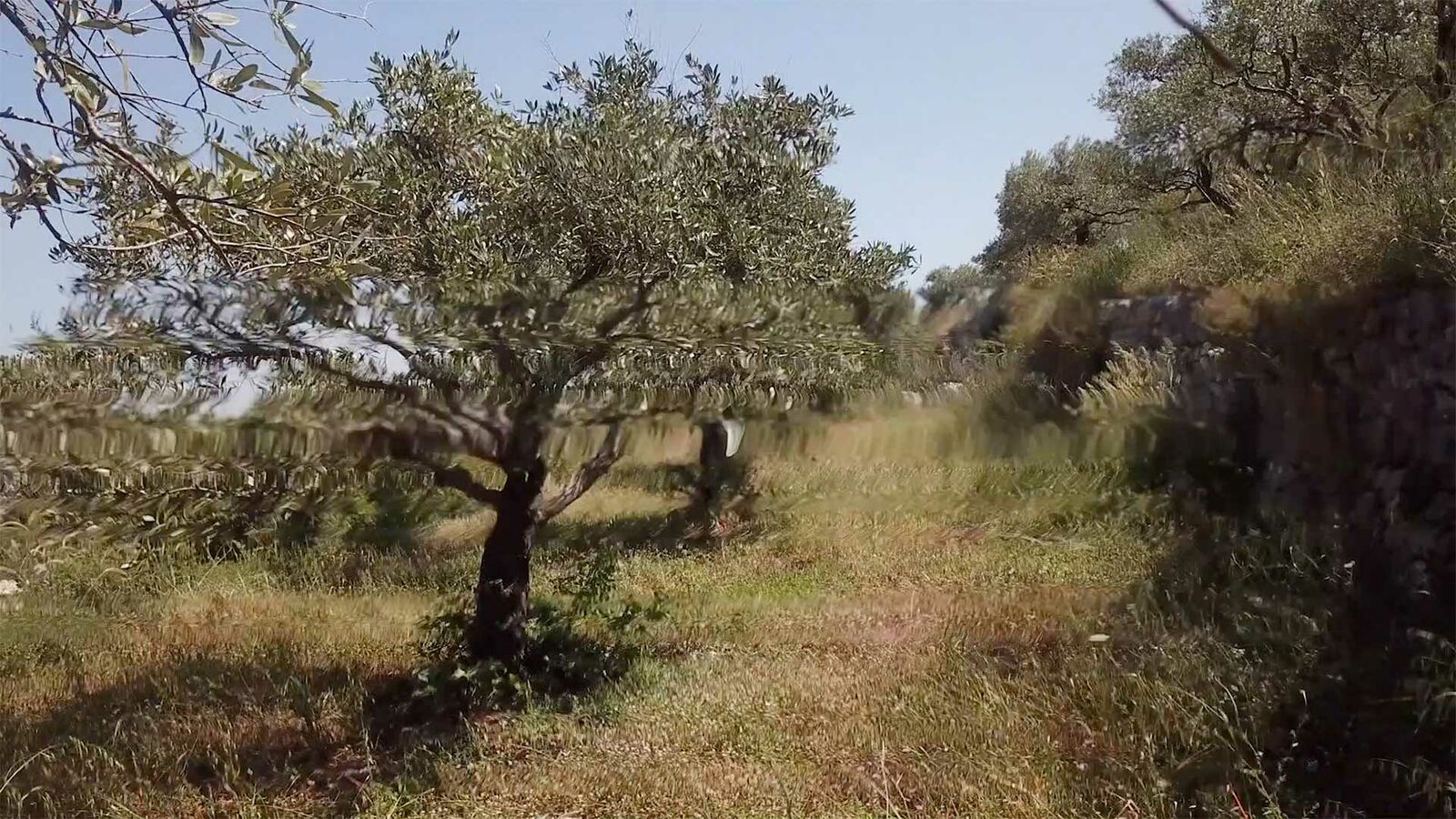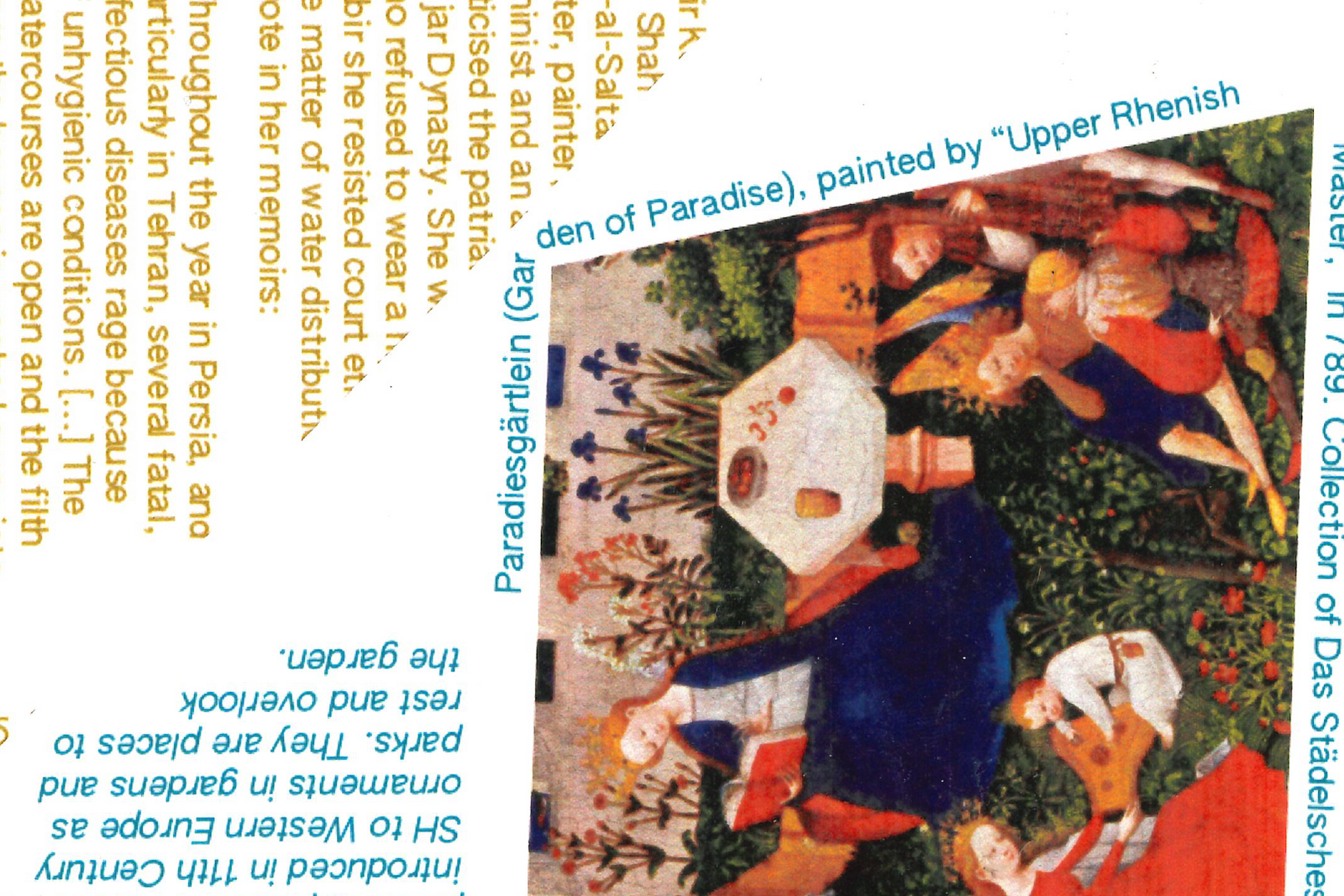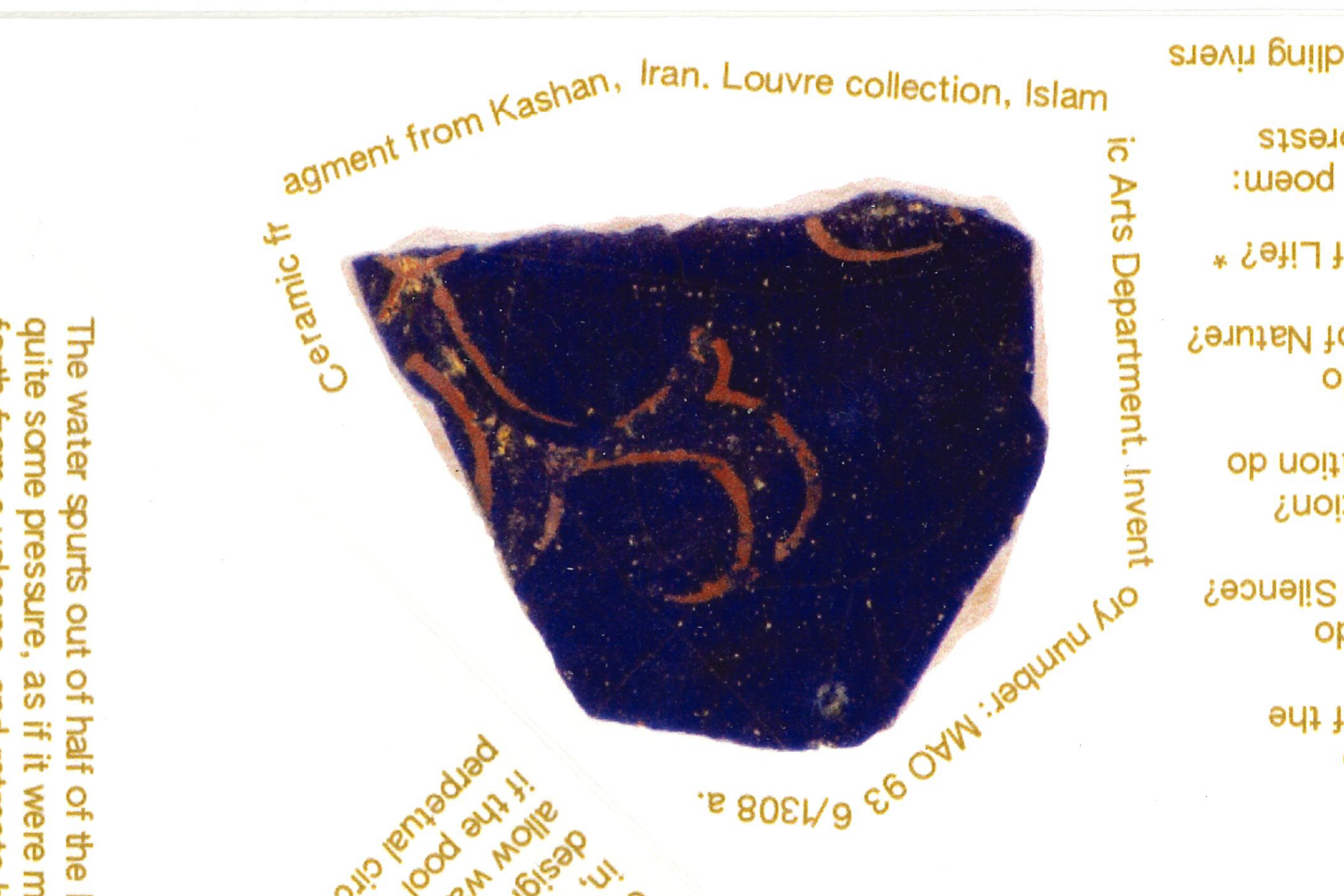My Garden’s Boundaries Are the Horizon: Reading and conversation with Lara Khaldi and Francisca Khamis Giacoman
18:00–19:30
de Appel, Tolstraat 160, Amsterdam
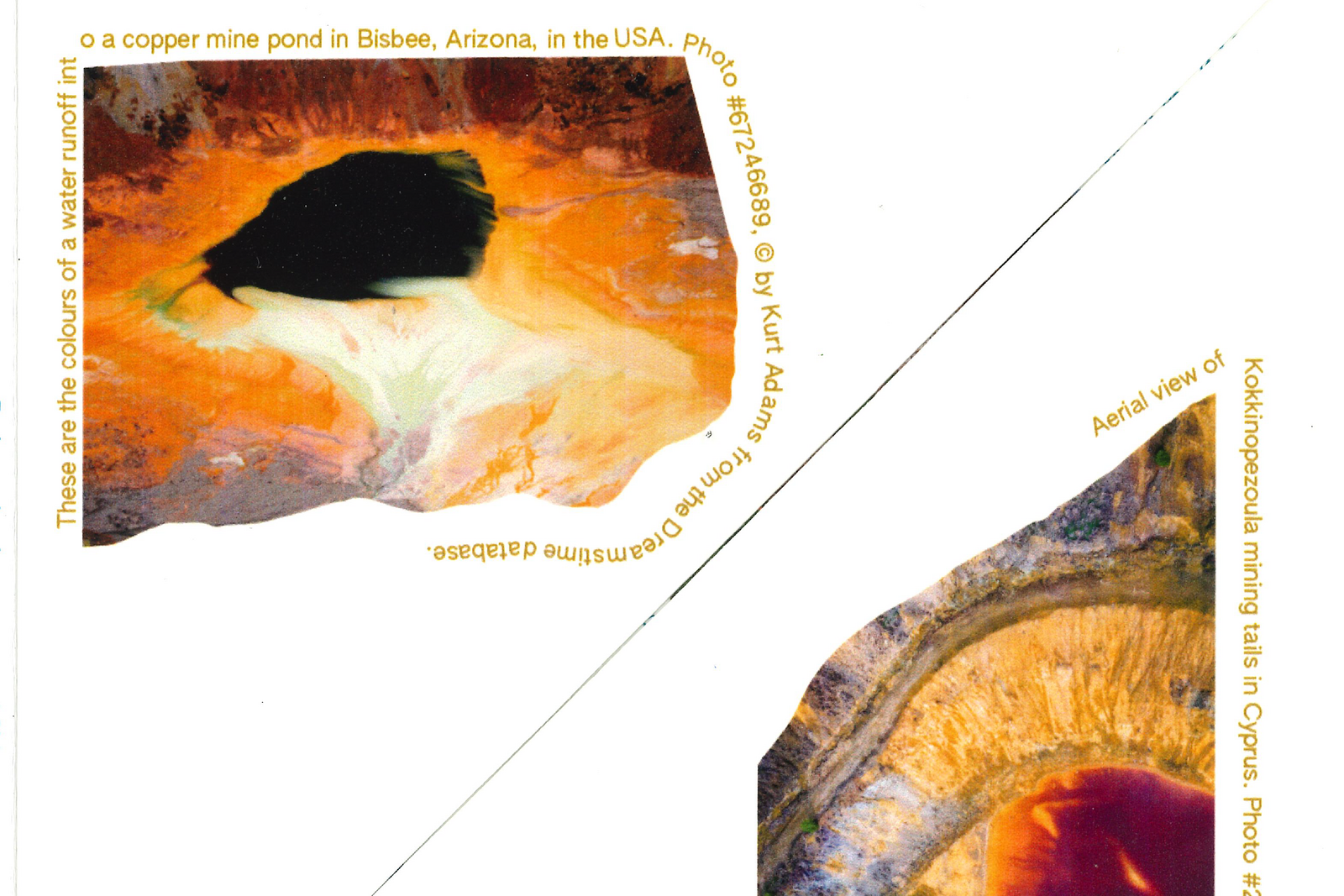
Detail from My Garden’s Boundaries Are the Horizon: A Porous Reader to Unguard the Garden by To See the Inability To See
With each burial comes the promise that someone else will discover it and give it new use. Returning to that specific place, uncovering what has been protected, and reconnecting with what was left behind. How does one preserve (revolutionary) secrets? Is the archive a place to hide and shelter, or is it a place of capture? What kind of archives are those in which counter-archives can grow?
Lara and Francisca will be reading fragments from the publication by the collective To See the Inability to See as well as telling stories and anecdotes about buried objects in Palestine, and screen Francisca Khamis Giacoman’s video essay 31°42'49.5"N about the inaccessible family house in the Almakhrour area in Bethlehem. They will exchange thoughts about land as a site of archiving and home as a place of memory.
Please bring an object with you which you would like to bury in Palestine, something that belongs to a secret, to a potential of liberation and return. We will create an archive together and bury it in the coming months as an extension of de Appel’s archive.
Francisca Khamis Giacoman is a Chilean artist from the Palestinian diaspora, currently based in Amsterdam. Through performances, installations, and audiovisual works, Francisca Khamis Giacoman is trying to recall stories of migration and unfold them at the boundaries of fiction and materiality.
About My Garden's Boundaries Are the Horizon
To See the Inability to See — a collective that formed at de Appel’s Archive in 2019 consisting of Arefeh Riahi, Martín La Roche Contreras and Maartje Fliervoet — developed a foldable multidirectional book/object called My Garden’s Boundaries Are the Horizon: A Porous Reader to Unguard the Garden. The publication has sculptural and performative qualities, stressing the relationship between bodies and books; provoking collectivity in writing, reading and thinking. The book/object has now unfolded into this exhibition — a repertoire of objects, gestures and events that expands its content into the space and in relation to other bodies, such as those of readers, visitors and artworks. This unfolding takes place on a flexible sculpture display that also holds a selection of works, weaving the publication, the artworks and the artefacts into an inter-related constellation of physical and spatial experiences.
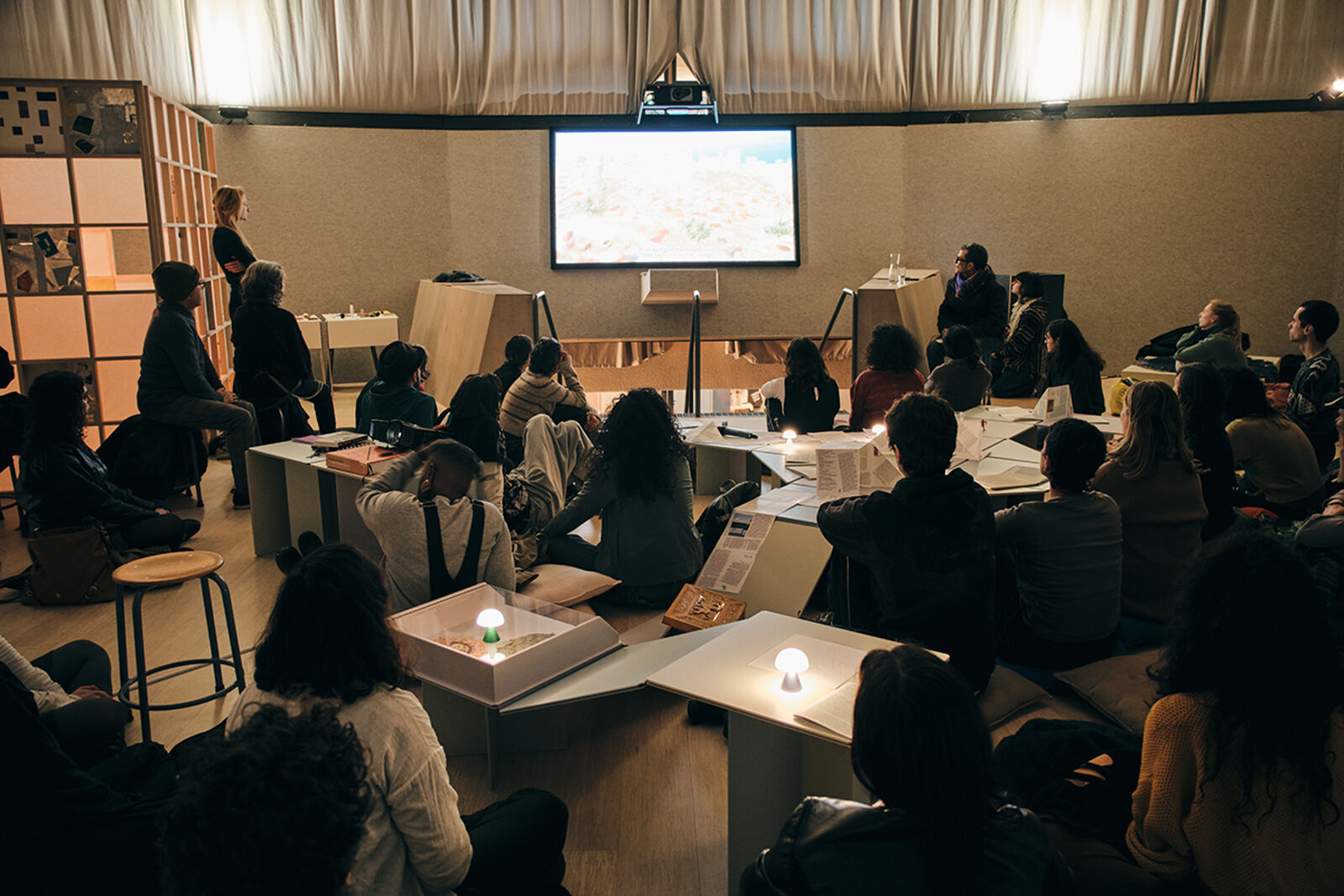
Photos: Nikola Lamburov
